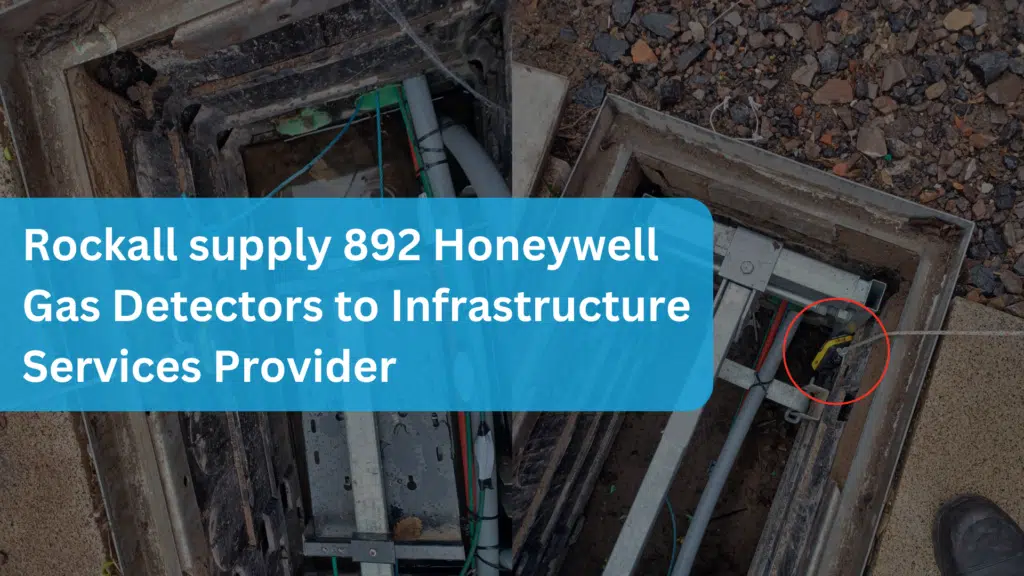
Detecting Hydrogen Cyanide
Formula: HCN
CAS Number: 74-90-8
Introduction:
Detecting Hydrogen Cyanide: Hydrogen cyanide (HCN), also formerly known as prussic acid, is a highly toxic and flammable compound. It is noted as having a faint bitter almond odour, though not everyone is able to detect this. It is Extremely poisonous and interferes with cellular oxygen use, which can be rapidly fatal.
Health Effects of Hydrogen Cyanide:
Hydrogen cyanide (HCN) is extremely toxic and can be rapidly fatal. Its primary danger lies in its ability to disrupt cellular respiration, preventing your cells from using oxygen properly. This leads to a cascade of health effects depending on the severity and route of exposure (inhalation, ingestion, or skin contact).
Here’s a breakdown of the health effects of hydrogen cyanide exposure:
Acute Effects (Rapid Onset):
- Respiratory System: Inhalation is the most common route of exposure. It can cause irritation of the airways, leading to coughing, wheezing, and shortness of breath. In severe cases, fluid build-up in the lungs (pulmonary edema) can occur, which can be fatal.
- Central Nervous System (CNS): Early symptoms include headache, dizziness, confusion, and weakness. As oxygen deprivation progresses, rapid breathing, seizures, loss of consciousness, and coma can develop. The characteristic bitter almond odor (not everyone can detect it) might be present but shouldn’t be relied upon as a warning sign.
- Cardiac System: Disrupted cellular respiration can lead to irregular heartbeats and decreased heart rate.
- Other: Nausea, vomiting, and muscle weakness can also occur.
Chronic Effects (Long-Term Exposure):
Exposure to lower concentrations over longer periods can cause:
- Neurological Damage: Long-term effects can include memory problems, difficulty concentrating, and Parkinsonism-like symptoms (tremors, rigidity).
- Thyroid Problems: Chronic exposure has been linked to hypothyroidism (underactive thyroid).
Severity:
The severity of health effects depends on several factors:
- Exposure Level: Higher concentrations lead to faster and more severe effects.
- Duration of Exposure: Longer exposure times increase the risk of complications.
- Route of Exposure: Inhalation is generally more dangerous than ingestion or skin contact.
- Individual Factors: Age, overall health, and pre-existing medical conditions can influence how someone reacts to exposure.
Hydrogen cyanide (HCN) is a double-edged sword in industrial settings. Here’s a look at its industrial uses and the associated risks:
Uses:
- Chemical Precursor: HCN is primarily valued as a building block for various chemicals like:
- Nylons: Used in textiles, carpets, and engineering plastics.
- Acrylic fibres: Found in clothing, carpets, and upholstery.
- Acrylonitrile butadiene styrene (ABS): A common plastic used in electronics, appliances, and car parts.
- Adiponitrile: A key intermediate in nylon production.
- Fumigants: In specific controlled settings for pest control (use is declining due to safety concerns).
Safety Concerns:
Despite its industrial applications, hydrogen cyanide poses significant safety risks due to its extreme toxicity. Here’s why:
- Highly Toxic: Even small amounts of HCN exposure can be fatal if not treated promptly.
- Multiple Exposure Routes: Inhalation, ingestion, and skin contact can all lead to poisoning.
- Deceptive Odour: The faint bitter almond odour associated with HCN is not a reliable warning sign as not everyone can detect it.
Products We Recommend in Detecting Hydrogen Cyanide
BLACKLINE G7 EXO AREA MONITOR
 The Blackline G7 EXO is a portable area monitor designed for continuous gas detection in harsh environments. Here’s why it stands out:
The Blackline G7 EXO is a portable area monitor designed for continuous gas detection in harsh environments. Here’s why it stands out:
- Easy to deploy: Cellular connectivity allows for quick setup without needing a separate network.
- Long battery life: Lasting up to 100 days on a single charge, it minimizes maintenance needs.
- Direct cloud connection: Real-time data streaming to the Blackline Safety Cloud enables remote monitoring and faster response times.
- Automatic zone creation: Simplifies setup and ensures notifications reach everyone within the designated area.
- Durable construction: Built to withstand tough conditions.
- Versatile sensor options: Can detect a wide range of gases including LEL, O2, CO and H2S.
For more information on this product, click here
DRÄGER PAC 8000 GAS DETECTOR

- Intuitive Design: The PAC provides effortless operation thanks to clear user guidance and a large user-friendly display.
- 360° Alarm Coverage: Stay alert to potential hazards with an effective alarm system that encompasses audible, visual, and vibrating notifications.
- One-Hand Operation: Quick and effortless operation, enabling swift responses to incidents.
- Data Logger for Comprehensive Analysis: Gain valuable insights into the working environment with historical gas readings and environmental conditions through the built-in data and event logger.
For more information on this product, click here
Get in touch with our team today! We will be happy to answer any questions you may have.
Gas Guide Enquiry Form
Written by Emma Curthoys.





